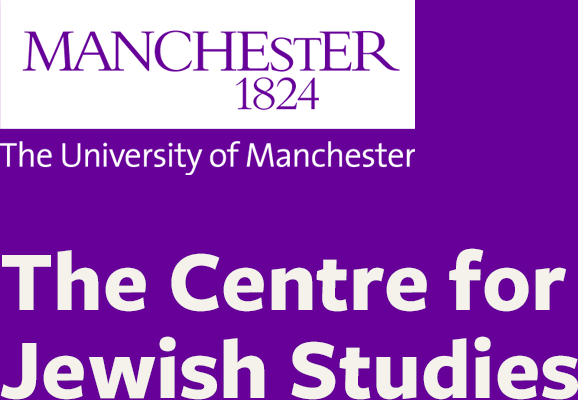Artist’s Corner: Juliet Goodden - Blogpost 3
This is Juliet's third and final blogpost on her work for the 50 Jewish Objects project. Follow her journey.
Fragments
The 6 or so drawings I made on my first visit to the Rylands Library were of the treasures I’d requested to see. Working in pencil I put the ‘Objects’ in context by also drawing the library equipment, the magnifying glass, desk light, book stand and parts of the building. I wanted to include my phone and laptop as well as they are the part of the experience that enables me to respond to the objects. On reflection it struck me that almost everything in these drawings was only partially represented. Unintentionally, not only had I drawn the ancient fragments, but everything else had become a fragment too.
Working from the drawings back in my studio I’ve been experimenting with paint and mixed media, reflecting the textures and materials of the ‘Objects’. Collage is a medium I don’t normally use, but it felt really appropriate on this occasion to use alongside paint. The two ancient, papyrus fragments from Deuteronomy and St. John are fragile, precious, mysterious, and incomprehensible. I enlisted friends and family to help with translations and learning the Hebrew alphabet. I researched making papyrus but discovered the need for particular and unobtainable reeds or rushes, as well as more time than is practical. The Hebrew alphabet has also proved overambitious, although I’ve very much enjoyed forming the letters, and writing from right to left while practising. Despite not understanding the ancient Greek of the St John fragment, or the Hebrew writing of Maimonides, it was important to me that I did discover with the help of others, where these fragments came from and what they meant.
The translation I’ve included in each painting is probably as indistinguishable as the original, but they are close representations.
I found myself developing the idea of fragments by using torn pieces of the initial research, parts of the sketches, elements of translations, torn paper and some cut up stickers to build up the images. I’ve cut dried grass and carefully stuck it down in rows to mimic papyrus. Many of my early experiments have been torn up to use in areas of the paintings. As I’d contextualised the fragments and books in the first drawings, so too have I in the paintings. The support for the painting is primed white tablecloth which has a fragility of its own.
Without having had a clear idea of what would materialise, gradually the images have emerged and the objects within, have a new life.
Below are two details from one of the paintings.

